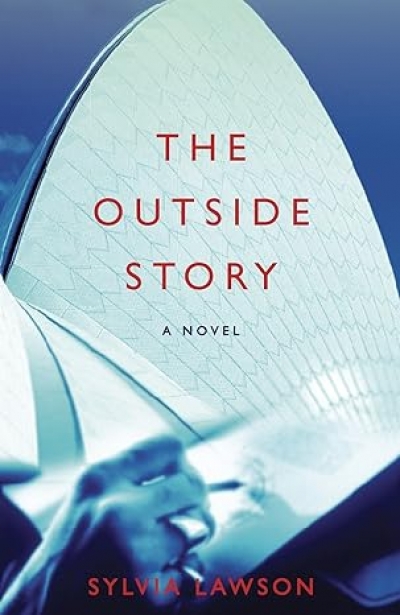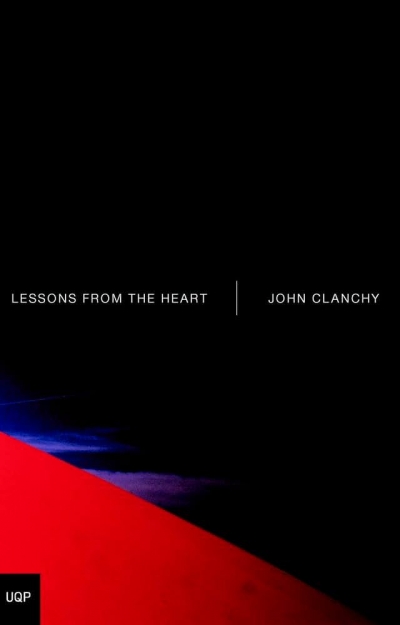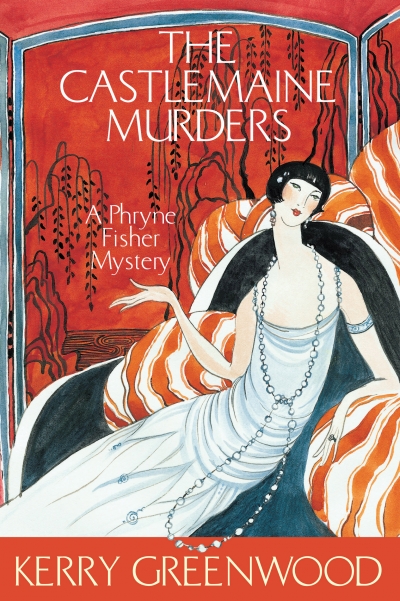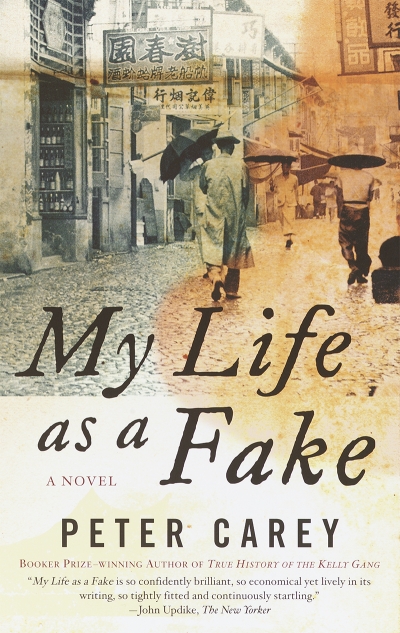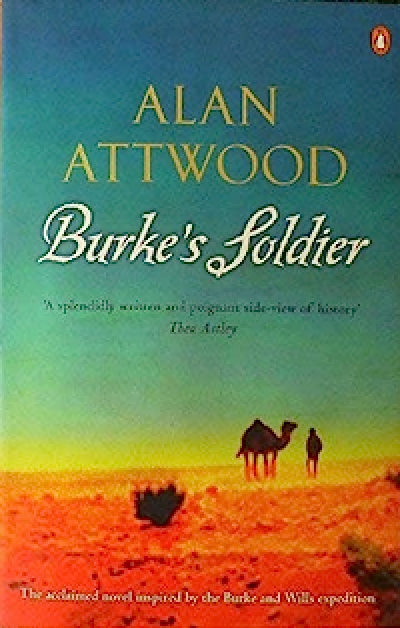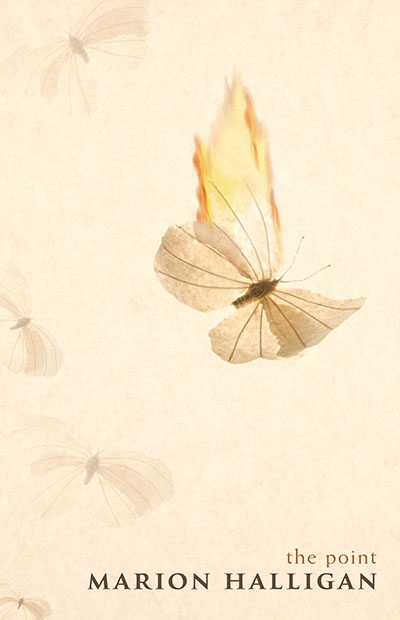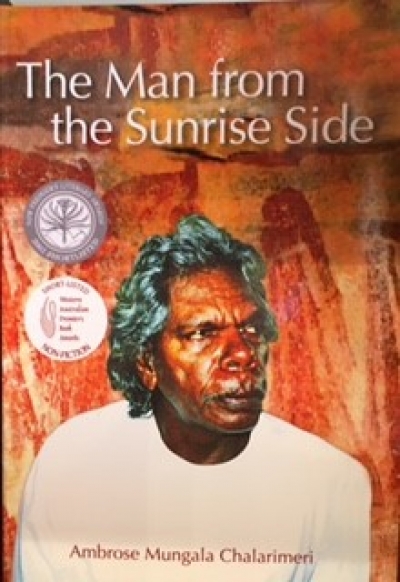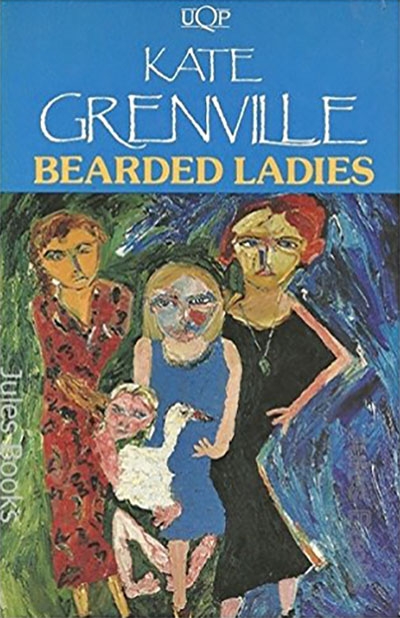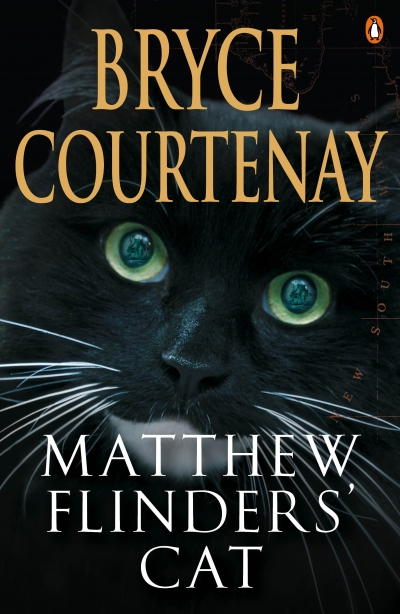Australian Fiction
The Man From the Sunrise Side by Ambrose Mungala Chalarimeri & The Mish by Robert Lowe
by Bruce Sims •
This is a particularly interesting group of reissued ‘classics’, spanning just over fifty years in twentieth-century Australian literature. Although they have very different fictional styles, all are realist or social realist novels, and their politics and preoccupations are not dissimilar. Each is concerned with working people’s lives, differing contrasts between city and country life, and aspects of class.
... (read more)Bearded Ladies/Dreamhouse by Kate Grenville & Joan Makes History by Kate Grenville
by Carolyn Tétaz •

